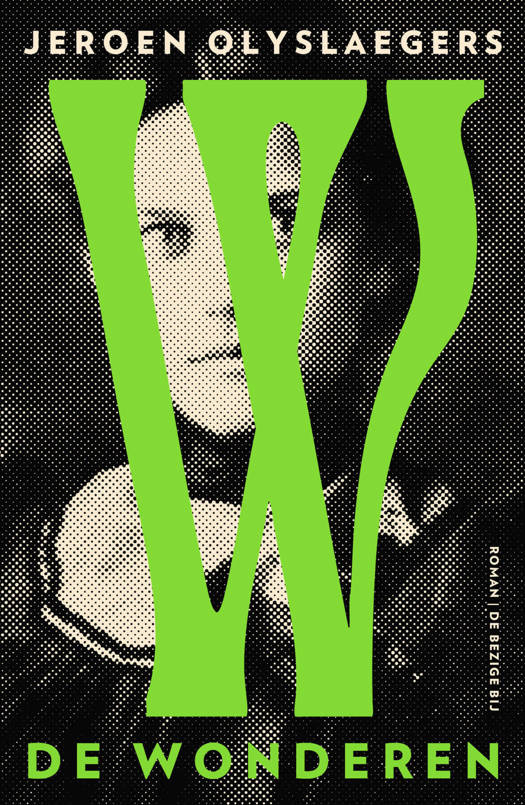
- Afhalen na 1 uur in een winkel met voorraad
- Gratis thuislevering in België vanaf € 30
- Ruim aanbod met 7 miljoen producten
- Afhalen na 1 uur in een winkel met voorraad
- Gratis thuislevering in België vanaf € 30
- Ruim aanbod met 7 miljoen producten
Zoeken
Omschrijving
Were one to characterize the aims of this book ambitiously, it could be said to sketch the philosophical foundations or underpinnings of the scientific world view or, better, of the scientific conception of the world. In any case, it develops a comprehensive philosophical view, one which takes science seri- ously as the best method for getting to know the ontological aspects of the world. This view is a kind of scientific realism - causal internal realism, as it is dubbed in the book. This brand of realism is "tough" in matters of ontology but "soft" in matters of semantics and epistemology. An ancestor of the book was published in Finnish under the title Tiede, toiminta ja todellisuus (Gaudeamus, 1983). That book is a shortish undergraduate-level monograph. However, as some research-level chapters have been added, the present book is perhaps best regarded as suited for more advanced readers. I completed the book while my stay at the University of Wisconsin in Madison as a Visiting Professor under the Exchange Program between the Universities of Wisconsin and Helsinki. I gratefully acknowledge this support. I also wish to thank Juhani Saalo and Martti Kuokkanen for comments on the manuscript and for editorial help. Dr Matti Sintonen translated the Finnish ancestor of this book into English, to be used as a partial basis for this work. His translation was supported by a grant from Suomalaisen kirjallisuuden edistamisvarat. Finally, and as usual, I wish to thank Mrs.
Specificaties
Betrokkenen
- Auteur(s):
- Uitgeverij:
Inhoud
- Aantal bladzijden:
- 275
- Taal:
- Engels
- Reeks:
- Reeksnummer:
- nr. 12
Eigenschappen
- Productcode (EAN):
- 9789401089050
- Verschijningsdatum:
- 12/02/2012
- Uitvoering:
- Paperback
- Formaat:
- Trade paperback (VS)
- Afmetingen:
- 156 mm x 234 mm
- Gewicht:
- 408 g

Alleen bij Standaard Boekhandel
+ 402 punten op je klantenkaart van Standaard Boekhandel
Beoordelingen
We publiceren alleen reviews die voldoen aan de voorwaarden voor reviews. Bekijk onze voorwaarden voor reviews.








